Solutions
Products
-
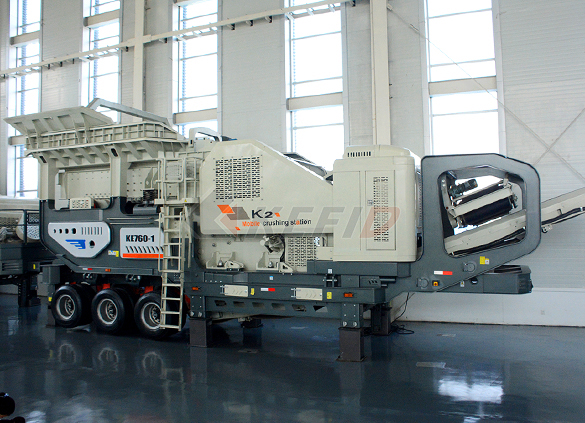
Primary mobile crushing plant
-
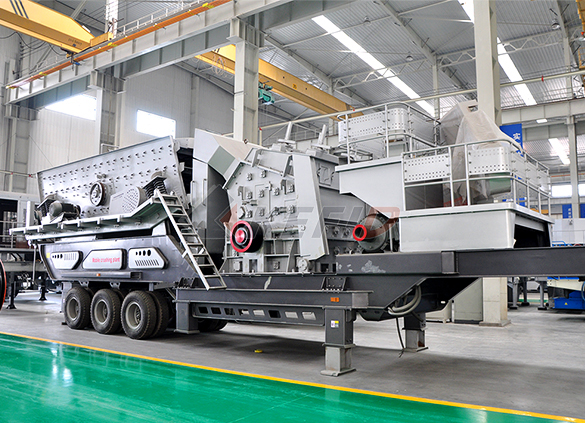
Independent operating combined mobile crushing station
-
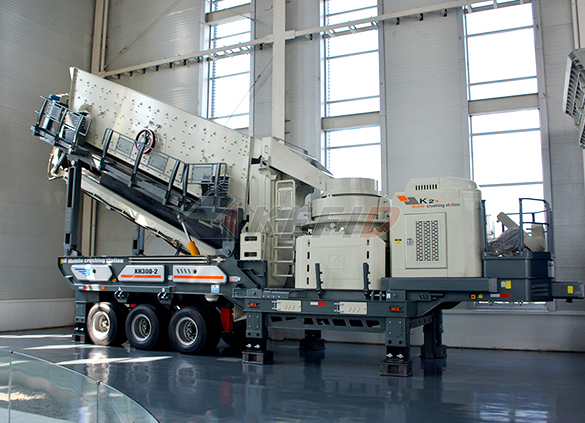
Mobile secondary crushing plant
-
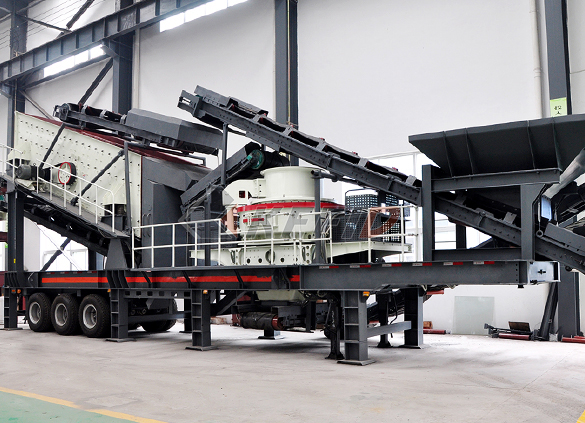
Fine crushing and screening mobile station
-
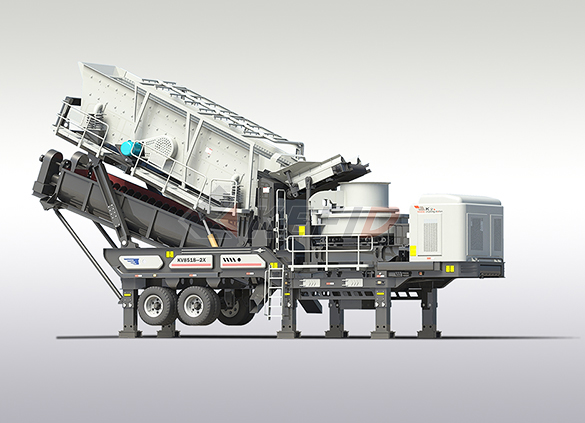
Fine crushing & washing mobile station
-
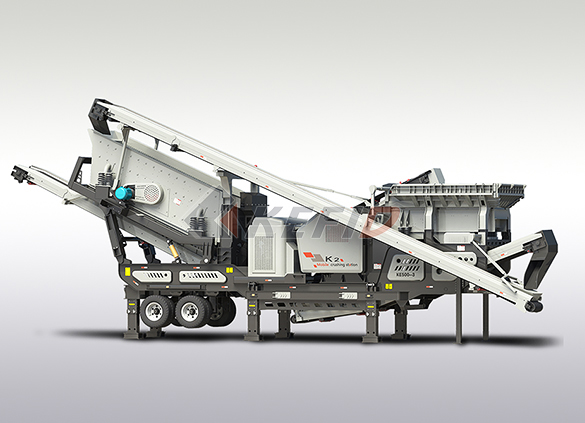
Three combinations mobile crushing plant
-
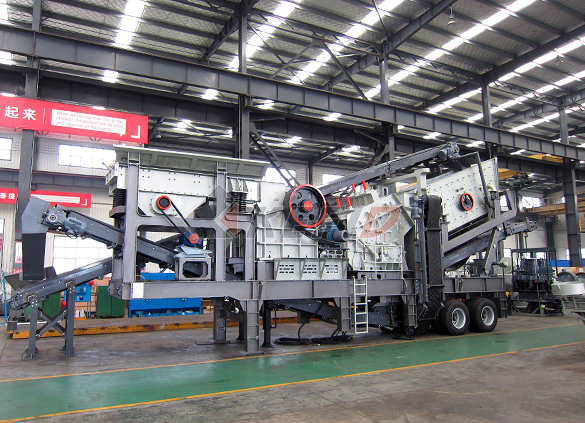
Four combinations mobile crushing plant
-
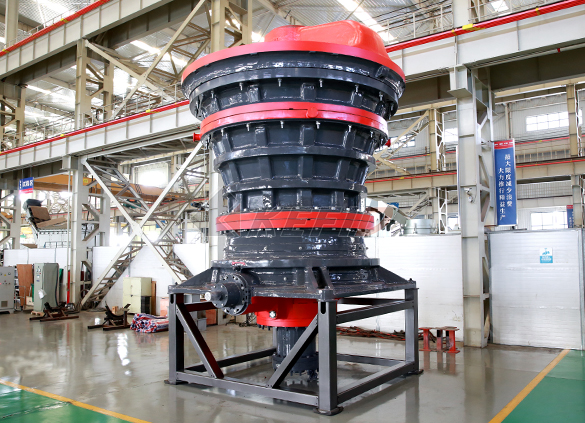
HGT gyratory crusher
-
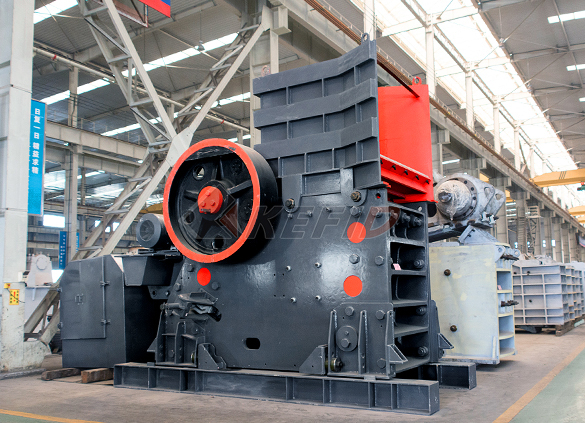
C6X series jaw crusher
-
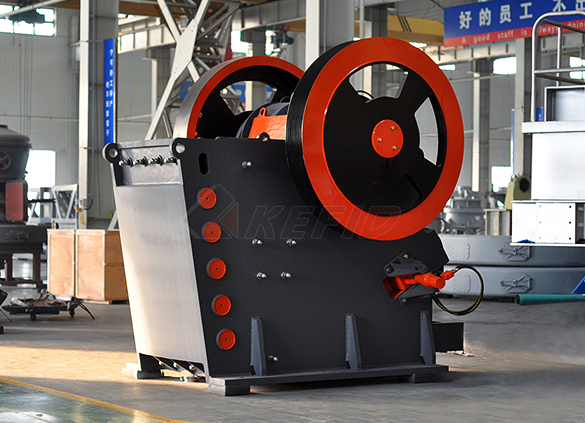
JC series jaw crusher
-
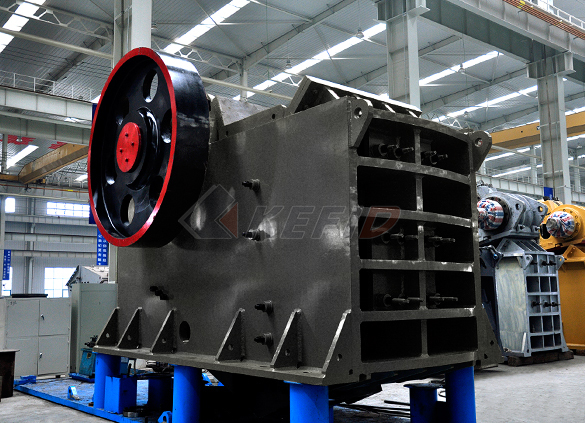
Jaw crusher
-
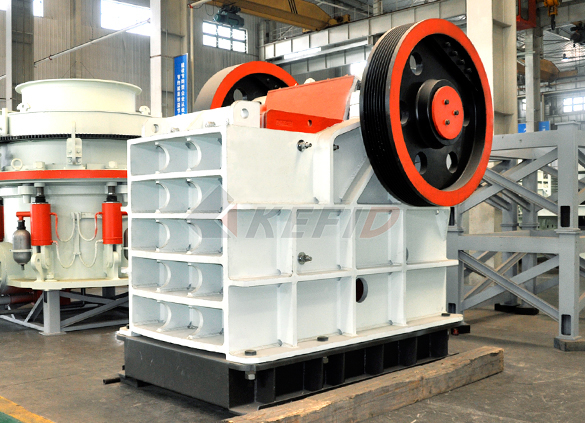
HJ series jaw crusher
-
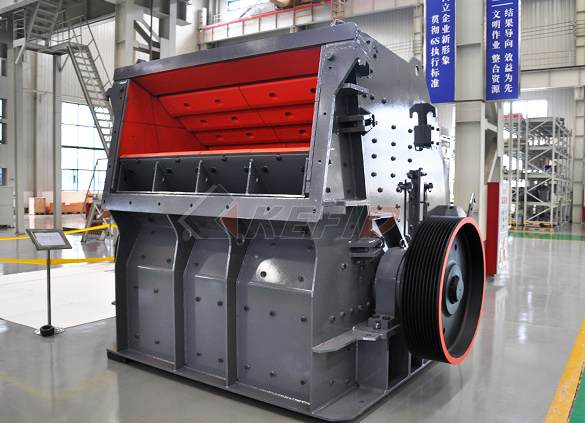
CI5X series impact crusher
-
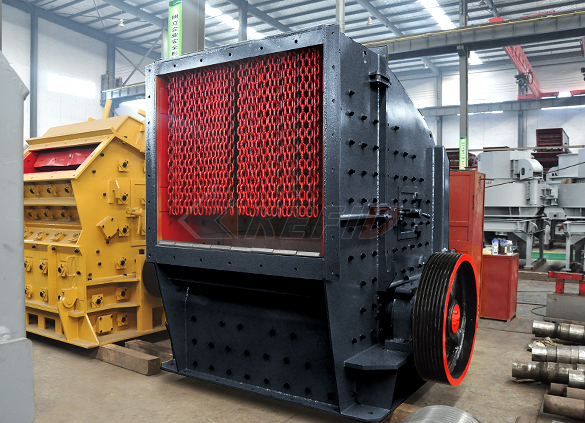
Primary impact crusher
-
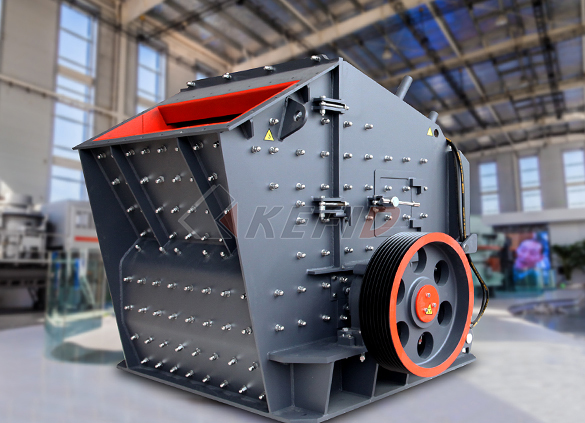
Secondary impact crusher
-
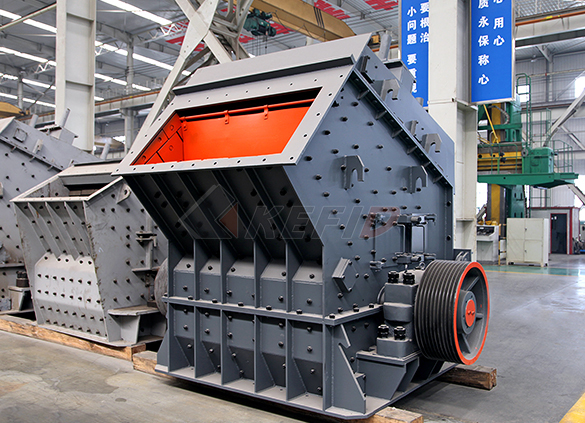
Impact crusher
-
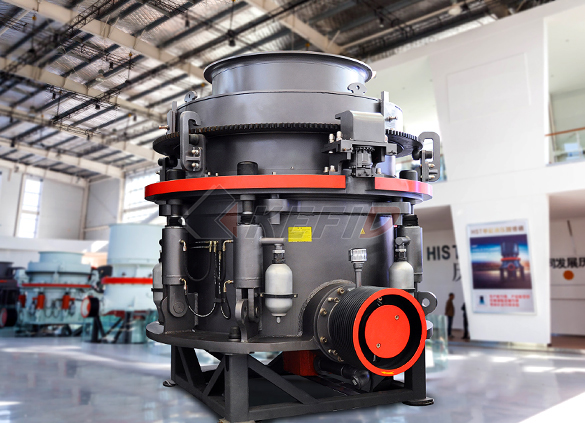
HPT series hydraulic cone crusher
-
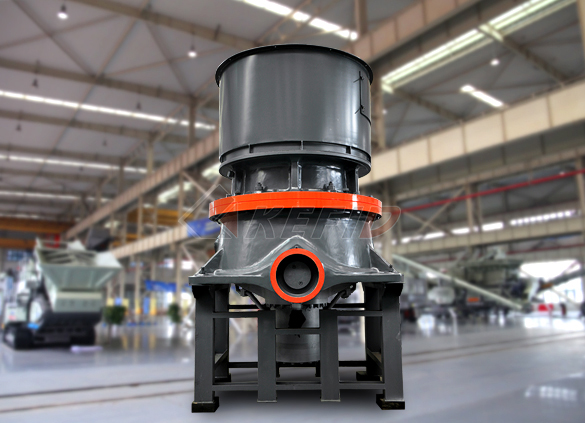
HST hydraulic cone crusher
-
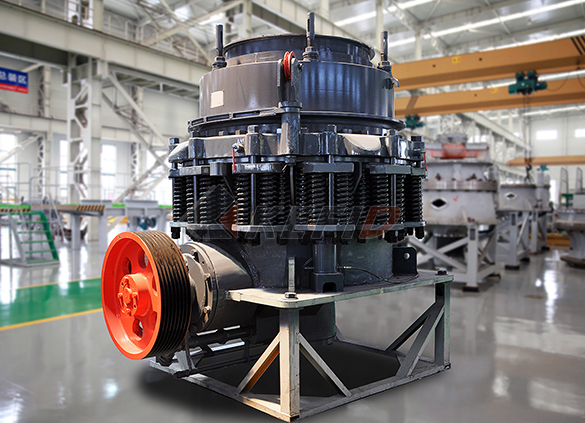
CS cone crusher
-
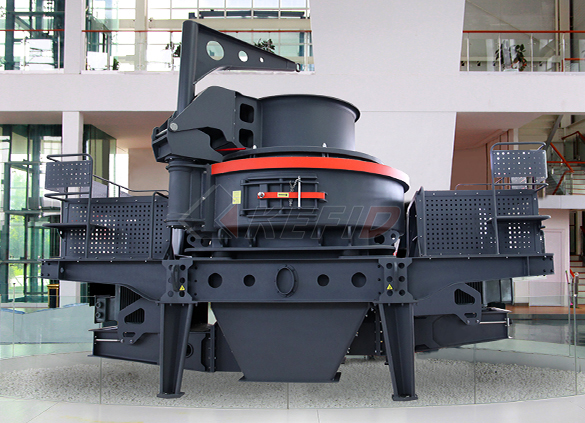
VSI6S vertical shaft impact crusher
-
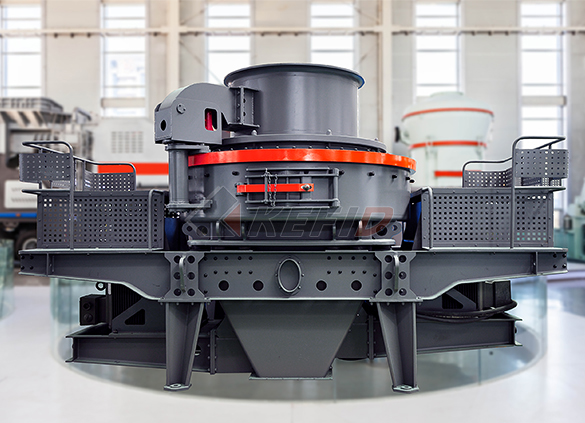
Deep rotor vsi crusher
-
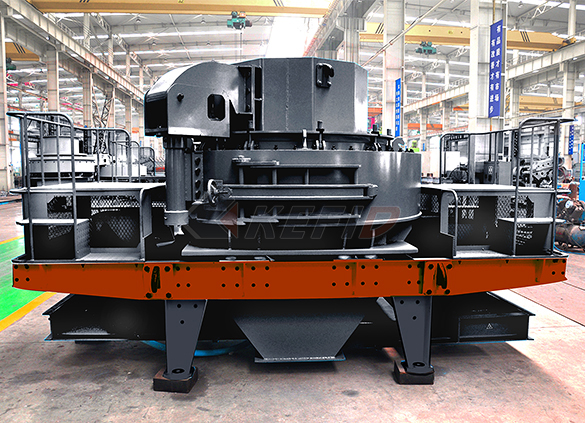
B series vsi crusher
-
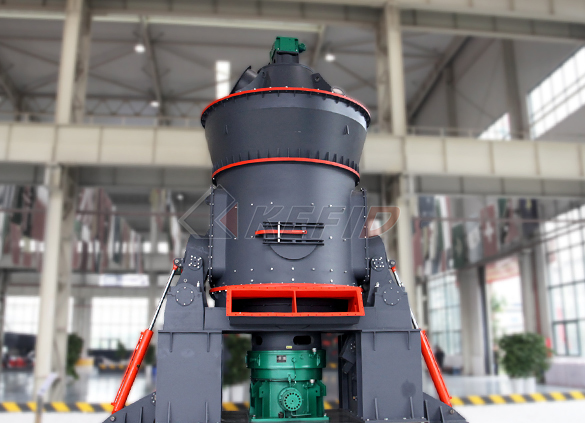
Vertical grinding mill
-
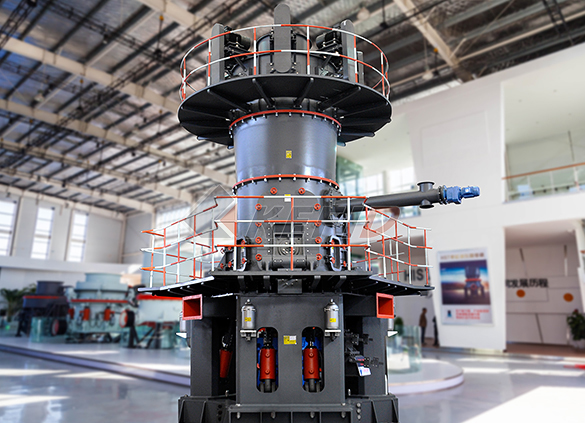
Ultra fine vertical grinding mill
-
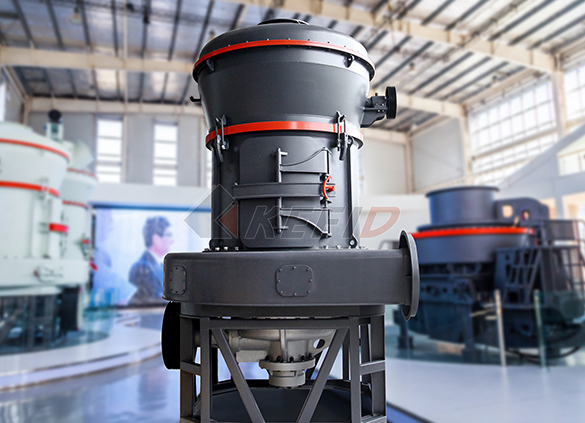
MTW european grinding mill
-
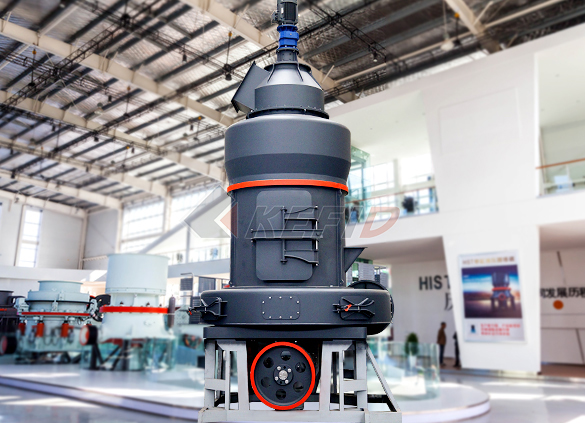
MB5X158 pendulum suspension grinding mill
-
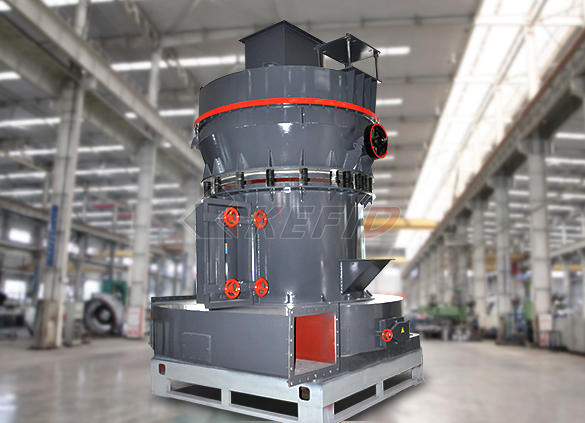
Trapezium mill
-
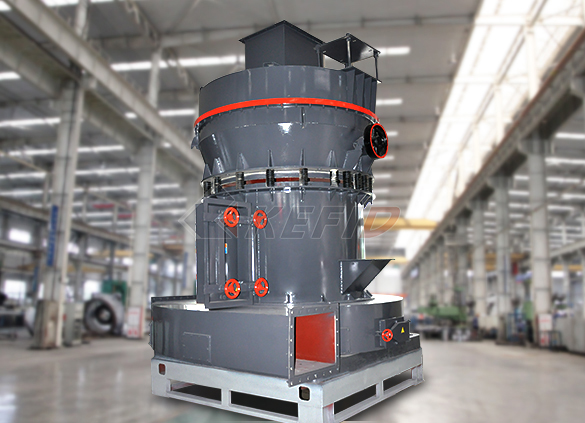
T130X super-fine grinding mill
-
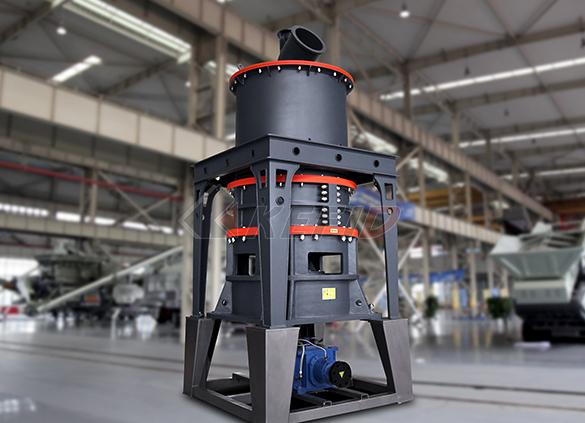
Micro powder mill
-
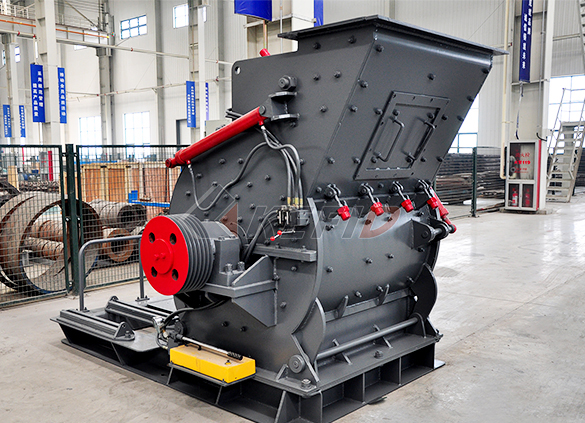
European hammer mill
-
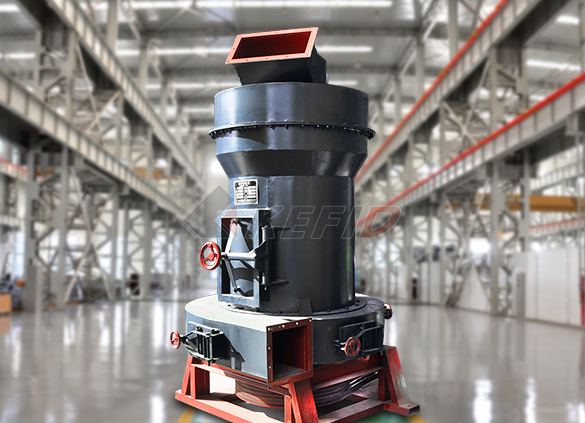
Raymond mill
-

Ball mill
-
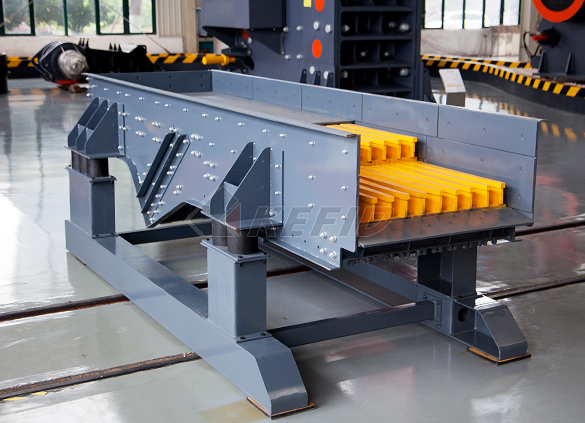
GF series feeder
-
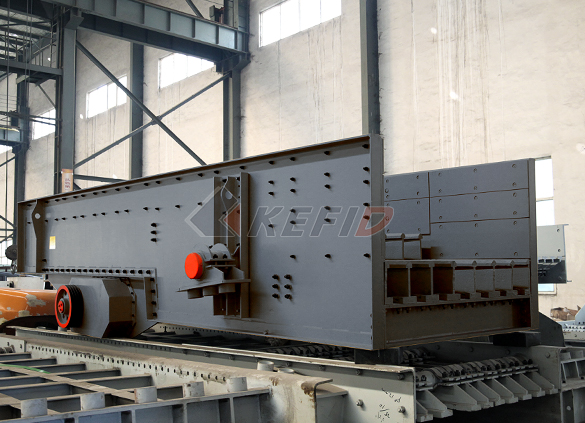
FH heavy vibrating feeder
-
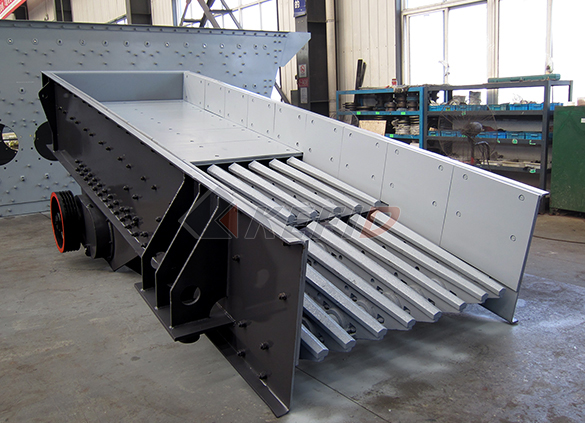
TSW series vibrating feeder
-
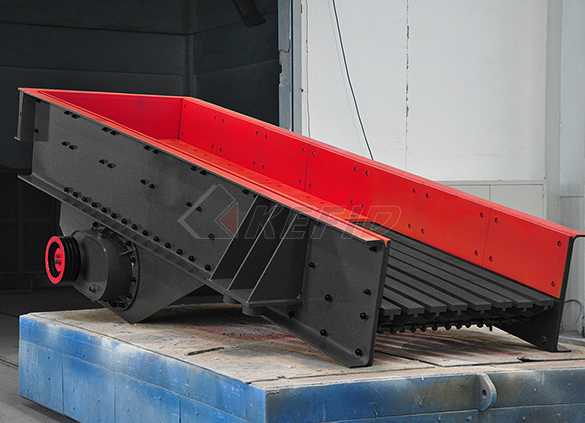
Vibrating feeder
-
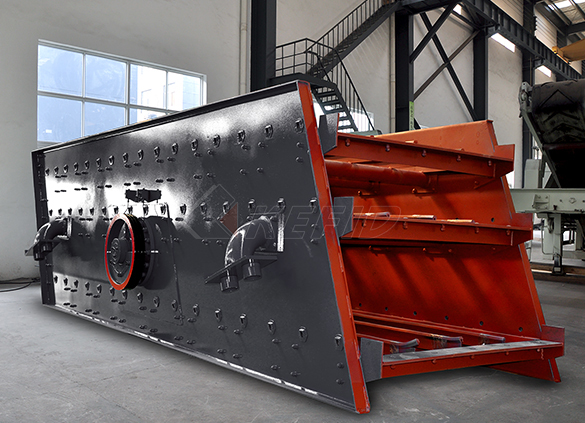
Vibrating screen
-
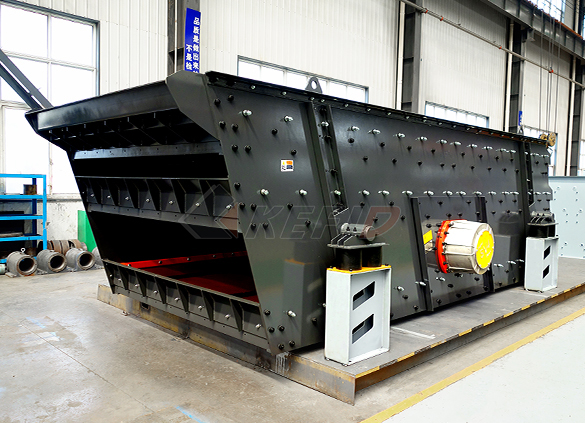
S5X vibrating screen
-

Belt conveyor
-
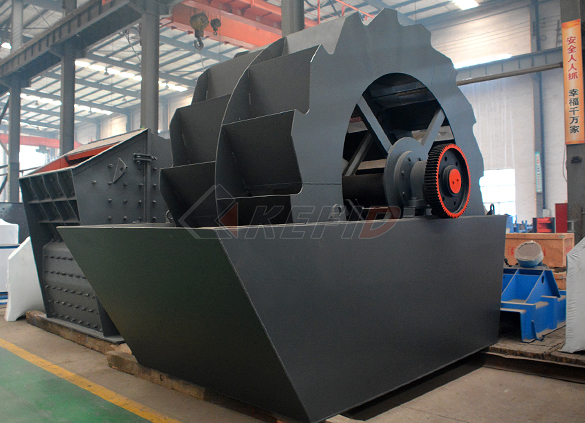
Wheel sand washing machine
-
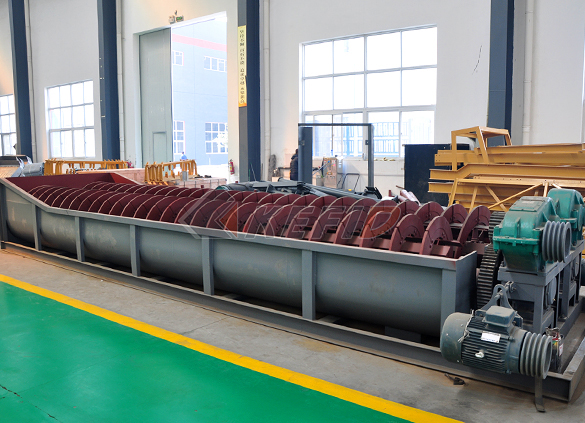
Screw sand washing machine
-
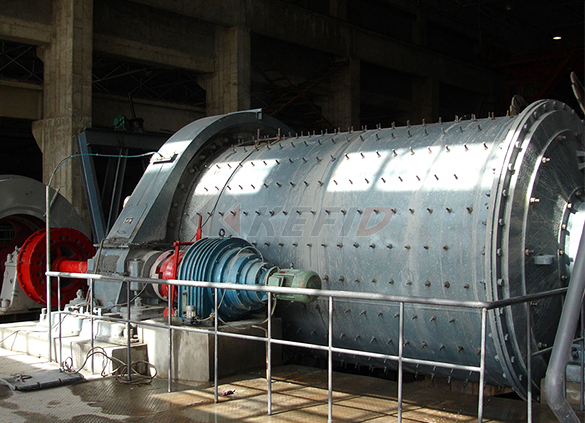
Rod mill
-

Dryer
-
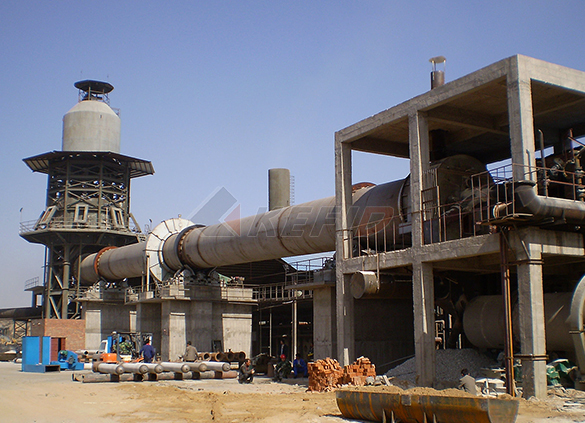
Rotary kiln
-
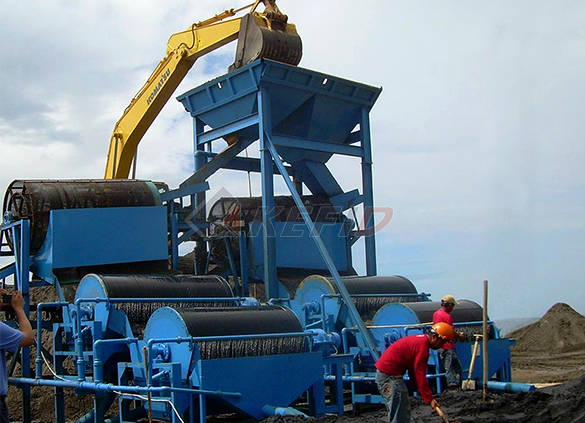
Wet magnetic separator
-
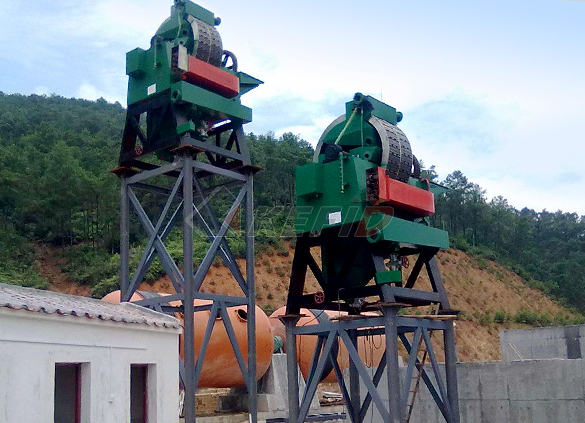
High gradient magnetic separator
-
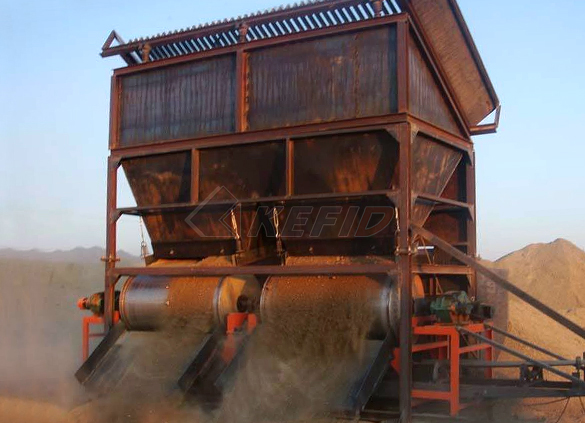
Dry magnetic separator
-
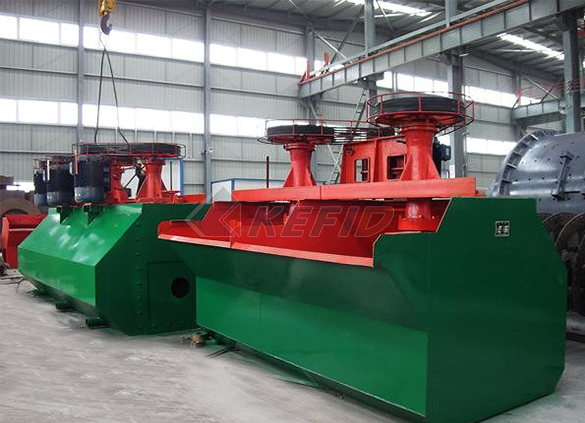
Flotation machine
-
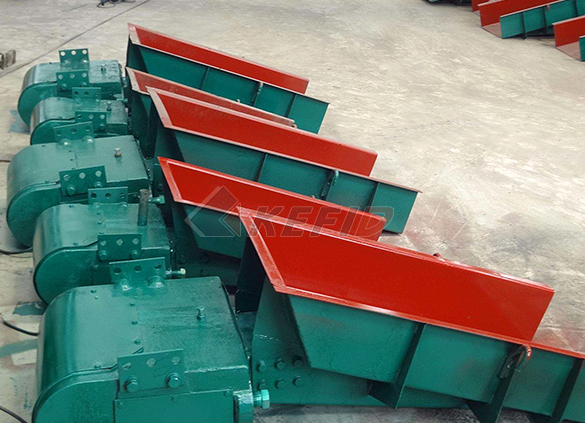
Electromagnetic vibrating feeder
-
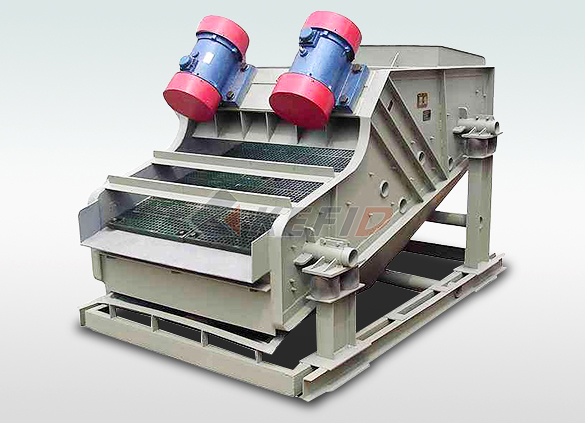
High frequency screen

Cement CO2 Emissions Global Greenhouse Warming
Due to the large quantities of fuel used during manufacture and the release of carbon dioxide from the raw materials, cement production also generates more carbon emissions than any other industrial process Cement clinker production contributes about 4% of global total CO2 emissions from fuel use and industrial activities cement CO2 emissionsCarbon dioxide is emitted as a byproduct of clinker production, an intermediate product in cement manufacture, in which calcium carbonate (CaCO3) is calcinated and converted to lime (CaO), the primary component of cement CO2is also emitted during cement production by fossil fuel combustion31 CO2 Cement Production IGESOct 01, 2020 Something along the lines of Meyer’s work—what the industry calls carbon capture and storage—will be needed to get cement production to netzero emissions The idea is to LC3 Clay Cuts Cement Industry CO2 Emissions BloombergDec 19, 2019 As the most widely used construction material, concrete is indispensable in the development of infrastructure, industry and housing It's a mixture of A concrete step toward netzero carbon emissions in cement The average intensity of carbon dioxide emissions from total global cement production is 222 kg of C/t of cementCARBON DIOXIDE EMISSIONS FROM THE GLOBAL CEMENT

CARBON DIOXIDE EMISSIONS FROM THE GLOBAL CEMENT
The average intensity of carbon dioxide emissions from total global cement production is 222 kg of C/t of cementSep 10, 2019 Carbon dioxide emissions from the steel industry can be reduced effectively by carbon sequestration methods The generation of byproducts from steel can be used as raw materials in manufacturing of paints, cement fertilizers etc The major challenge in cement production is higher input of raw material and fuel in clinker productionAn overview of environmental sustainability in cement and Jul 09, 2018 If cement production facilities were all outfitted with carbon capture and storage technology, for instance, then a substantial amount of the emissions produced on Cement Producers Are Developing a Plan to Reduce CO2 Cement production also is a key source of CO2emissions, due in part to the significant reliance on coal and petroleum coke to fuel the kilns for clinker production Globally, CO2 emissions from cement production were estimated at 829 MMTCO2in 2000 7, approximately 34% of global CO 2CO2 Emissions Profile of the US Cement IndustryMay 20, 2019 The basic raw material for cement is limestone, which is converted to cement clinker in large furnaces The environmental impact of this process is disastrous: "Around one tonne of carbon Cement as a climate killer: Using industrial waste to

A concrete step toward netzero carbon emissions in cement
Dec 19, 2019 As the most widely used construction material, concrete is indispensable in the development of infrastructure, industry and housing It's a mixture of The average intensity of carbon dioxide emissions from total global cement production is 222 kg of C/t of cementCARBON DIOXIDE EMISSIONS FROM THE GLOBAL CEMENT If coal ash is utilized as clinker replacement in the production of cement at a clinkertocement ratio of 07, GHG emissions can potentially be reduced to at least ~126 Mt CO2eq in 2018 and CO2 emissions from cement production Request PDFThere are two aspects of cement production that result in emissions of CO2 The first is the chemical reaction involved in the production of the main component of cement, clinker, as carbonates (largely limestone, CaCO3) are decomposed into oxides (largely lime, CaO) and CO2by the addition of heatGlobal 2 emissions from cement productionSep 10, 2019 Carbon dioxide emissions from the steel industry can be reduced effectively by carbon sequestration methods The generation of byproducts from steel can be used as raw materials in manufacturing of paints, cement fertilizers etc The major challenge in cement production is higher input of raw material and fuel in clinker productionAn overview of environmental sustainability in cement and

Cement Producers Are Developing a Plan to Reduce CO2
Jul 09, 2018 If cement production facilities were all outfitted with carbon capture and storage technology, for instance, then a substantial amount of the emissions produced on Cement is responsible for around 7 per cent of global carbon emissions If the cement industry were a country then it would be the largest carbon emitter after China and the US To be in line with the Paris Agreement, To deal with the CO 2 emitted during clinker production, it is planning to instal carbon capture and storage technology If Can the global cement industry cut its carbon emissions Efforts made towards achieving lowcarbon cement production 14 3 The vision 17 4 Carbon emissions reduction levers 23 Improving energy efficiency 23 Switching to alternative fuels 28 Reducing the clinker to cement ratio 32 Using emerging and innovative technologies 36 Spotlight: Alternative binding materials for cements 41 5Technology Roadmap LowCarbon Transition in the Cement The manufacture of Portland cement involves the conversion of limestone into clinker This chemical process generates carbon dioxide and is the main source of greenhouse gas emissions from the cement production process Process emissions accounted for around 60 per cent of the industry’s GHG emissions in 201819Cement Industry Emissions – CementThe cement industry is major cause of global warming and it stands at the third biggest industrial source of pollution It emits more than 500,000 tons per year of sulfur dioxide, nitrogen oxide,The Greenhouse Gas Emissions Produced by Cement Production

Cement Production an overview ScienceDirect Topics
CO 2 emissions from cement production are incurred through the consumption of fossil fuels, the use of electricity, and the chemical decomposition of limestone during clinkerization, which can Cement manufacture contributes greenhouse gases both directly through the production of carbon dioxide when calcium carbonate is thermally decomposed, producing lime and carbon dioxide, and also through the use of energy, particularly from the combustion of fossil fuelsEnvironmental impact of concrete WikipediaMay 20, 2019 The basic raw material for cement is limestone, which is converted to cement clinker in large furnaces The environmental impact of this process is disastrous: "Around one tonne of carbon Cement as a climate killer: Using industrial waste to The manufacture of Portland cement involves the conversion of limestone into clinker This chemical process generates carbon dioxide and is the main source of greenhouse gas emissions from the cement production process Process emissions accounted for around 60 per cent of the industry’s GHG emissions in 201819Cement Industry Emissions – CementIf coal ash is utilized as clinker replacement in the production of cement at a clinkertocement ratio of 07, GHG emissions can potentially be reduced to at least ~126 Mt CO2eq in 2018 and CO2 emissions from cement production Request PDF
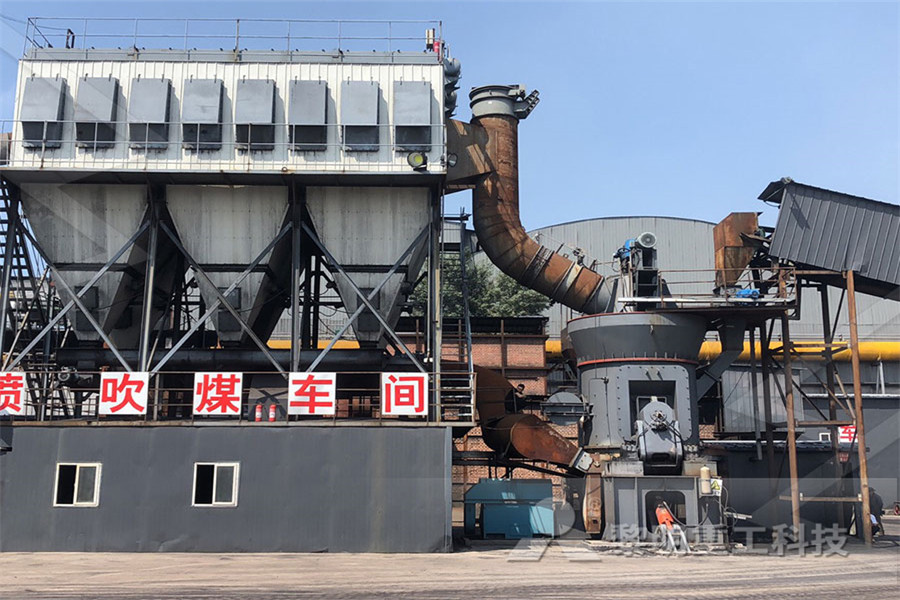
Can the global cement industry cut its carbon emissions
Cement is responsible for around 7 per cent of global carbon emissions If the cement industry were a country then it would be the largest carbon emitter after China and the US To be in line with the Paris Agreement, To deal with the CO 2 emitted during clinker production, it is planning to instal carbon capture and storage technology If Jun 13, 2018 The baseline used is a ‘frozen technology’ scenario in which 5 GT of cement are consumed in 2050 with a clinker emissions intensity of 0813 (GNR Database figure for 2015) and an average clinkertocement ratio of 065 (IEA ETP figure for 2014), emitting 264 GT CO 2 in 2050Making Concrete Change: Innovation in Lowcarbon Cement Paris and Geneva – A combination of technology and policy solutions could provide a pathway to reducing directcarbon dioxide emissions from the cement industry by 24% below current levels by 2050, according to a new report by the International Energy Agency (IEA) and the Cement Sustainability Initiative (CSI) The technology roadmap, called LowCarbon Transition in the Cement Industry Cement technology roadmap plots path to cutting CO2 Efforts made towards achieving lowcarbon cement production 14 3 The vision 17 4 Carbon emissions reduction levers 23 Improving energy efficiency 23 Switching to alternative fuels 28 Reducing the clinker to cement ratio 32 Using emerging and innovative technologies 36 Spotlight: Alternative binding materials for cements 41 5Technology Roadmap LowCarbon Transition in the Cement of these issues is the industry’s emissions of carbon dioxide (CO 2), the main greenhouse gas (GHG) contributing to manmade global warming In 2001, the CSI companies agreed on a methodology for calculating and reporting CO 2 emissions: the Cement CO 2 Protocol While accounting for the specific needs of the cementCO Accounting and Reporting Standard for the Cement Industry

Energy and Emission Reduction Opportunities for the Cement
Rotary kilns represent the largest energy consumer and carbon dioxide emission source of the cement/concrete industry The cover diagram shows a thermal image of an operating kiln Carbon Dioxide Emissions for Quarrying, Cement Manufacturing and Concrete However the cement industry, like most of the commodity materials([Clinker Production] * [Clinker CO2 Emission Factor]) * [Cement Kiln Dust Adjustment factor] Reference: IPCC (2006) 2006 IPCC Guidelines for National Greenhouse Gas Inventories, Prepared by the National Greenhouse Gas Inventories Programme, Eggleston HS, Buendia L, Miwa K, Ngara T, and Tanabe K (eds) Vol3, Chap 2: Mineral IndustryCategory: Industrial Processes and ww3arbcagovJan 15, 2019 In other words, cement produced as the final product of a technologically advanced process, such that emissions during unit operations (like clinker production) are minimized, is referred to as green cement Green cement is an ecofriendly product which resolves serious environmental issues and minimizes the carbon footprint of cement productionIs Green Cement the Future of Sustainable Construction Responsible for about 8% of global carbon dioxide (CO2) emissions in 2015, if it were ranked with individual countries, the cement industry would be the thirdlargest greenhousegas emitter in theHow the cement industry is trying to mitigate its emissionsJun 12, 2018 Cement is responsible for 7% of global manmade greenhouse emissions, making it the world's second largest industrial source of carbon dioxide, according to the International Energy AgencyThis concrete can trap CO2 emissions forever

Carbon Emissions of China’s Cement Packaging: Life Cycle
Currently, the carbon emissions in the cement industry stem mainly from the burning of the clinker (calcination of calcareous raw material and combustion of fossil fuels), which is responsible for 90–95% of all CO 2 emissions during cement production [ 19 ]